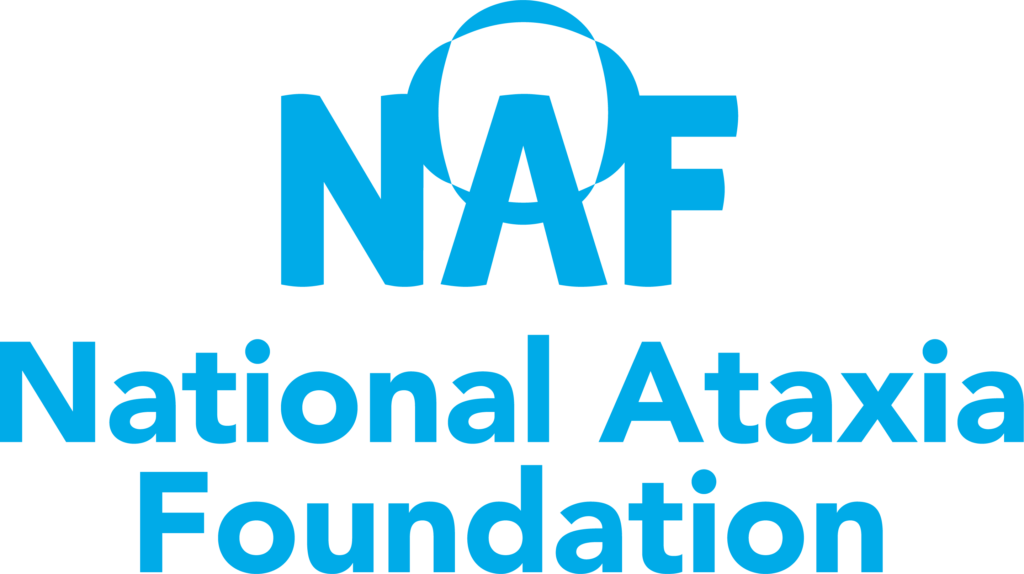
Written by Alexandra Putka
Edited by Dr. Hayley S. McLoughlin
Walking measurements detect changes in SCA3 severity across a 1-year study and represent an important biomarker of disease progression
Medical doctors use a number of tools to assess a patient’s health: a thermometer and blood pressure monitor, for example. These tools give the doctor straightforward numbers and a clear answer. However, for patients with Spinocerebellar ataxias experiencing movement disturbances, the answer is not so simple. How do you measure changes in movement? A recent study uses cameras to record patients with Spinocerebellar ataxia type 3 (SCA3) as they walk at different speeds. The authors found that changes in walking can distinguish patients with SCA3 from healthy controls and that across a one-year period, walking measurements worsened in those with SCA3. This discovery paves the way for clinical trials, which can use walking to understand disease severity, progression, and rescue with treatment.
SCA3 is the most common dominantly inherited ataxia, yet no effective treatments exist to address the underlying cause of the disease. Disturbances in gait, or walking pattern, are a major symptom of ataxia, SCA3 included. Gait can be measured in several ways. The most important for this study is lateral sway, which describes the left-to-right movements your body makes as you walk. Stride length and stride time are other measures. The authors of the study measured gait using a system of six cameras to track subjects as they walked in their everyday shoes for 10 meters or about 33 feet. The subjects were asked to walk at their preferred speed or a slow speed. With this system, the researchers focused on two main questions: 1) Do walking measurements correlate with clinical measures of ataxia?, and 2) Do walking measurements get worse across one year of SCA3 progression?
To answer the first question, the scientists compared changes in walking with patient scores on the Scale for the Assessment and Rating of Ataxia (SARA), a commonly used clinical test for assessing ataxia severity. For this test, patients perform various tasks, such as walking, standing, and hand movements, and a score is assigned based on the ease of movement during each of the tasks. This is a qualitative system (category-based) of rating ataxia rather than a quantitative system (based on numerical measurements of ease of movement). Therefore, one question of this study was whether quantitative measures of walking capture ataxia severity. The answer was yes. When SCA3 patients walked at a slow pace, all measures (stride length, stride duration, and lateral sway) correlated with SARA score. In contrast, when SCA3 patients walked at their preferred pace, only stride length correlated with SARA score. Overall, stride length when patients walked at their preferred pace showed the strongest relationship with SARA score. These findings tell us which aspects of gait are most related to ataxia severity, informing clinicians and future studies.
The second question evaluating the progression of gait disturbances across one year was important because this is a length of time relevant to clinical trials. At the one-year follow-up time point, the SARA score of SCA3 patients was not significantly changed, which is surprising. This may be due to the large variation in SARA scores across the patient sample. In contrast, the lateral sway of patients with SCA3 was significantly different from baseline. The authors show the direct applicability of this finding for clinical trials by conducting a statistical test called a power analysis, which uses existing results to estimate the number of patients needed for a future study. In this case, let’s imagine that a clinical trial aims to slow the natural progression of SCA3 by 50%. According to this paper, if scientists used lateral sway to measure natural progression, 43 patients would need to be included. This is compared to if the SARA score were used, 240 patients would be required. That’s a huge difference! This means that using gait disturbances as a measure of ataxia progression in future clinical trials could reduce the number of subjects needed, which is very exciting for a rare disease such as SCA3.
The idea of measuring gait in patients with SCA3 is not new, but this paper is so impactful because it demonstrated that gait disturbances worsen across one year. It is important to note that there are several limitations to this study. First, the number of subjects evaluated was relatively small. Increasing the number of patients enrolled likely would have decreased the variation in SARA score, possibly making the change in SARA score significant at follow-up. Moreover, this study investigated walking behavior with a stationary camera, meaning that real-life walking aspects that require more balance, such as turning around, were not captured. This limitation could be overcome by using wearable sensors that better capture the intricacies of dynamic movement. Several studies have already employed wearable sensors with great success. For example, you can read more from Ataxia UK about the power of wearable sensors for monitoring Friedreich’s ataxia.
Looking toward the future, additional studies must be conducted to evaluate how gait disturbances are related to other biomarkers for SCA3, such as blood levels of neurofilament light. Furthermore, while SCA3 is the most common ataxia, SCA1, 2, 3, 6, 7, and 17 are caused by a similar gene mutation called a polyglutamine expansion. This suggests that our knowledge of gait disturbances as a biomarker of SCA3 can easily be applied to the other polyglutamine SCAs. For now, the field is well-prepared with measurements for future clinical trials testing SCA3 interventions.
Key Words
Gait: the pattern of walking. When the systems controlling the body’s movement do not work properly, this results in abnormal gait. Examples of abnormal gait include dragging or shuffling your feet, taking shorter steps, and limping, among others. See the Cleveland Clinic website for more information.
Stride length: the distance traveled when you take two steps, usually measured between the point one foot hits the ground once to the next time the same foot hits the ground as you are walking.
Stride time: the amount of time needed to take two steps (to complete one stride length), usually expressed in milliseconds.
Power analysis: a calculation used to estimate the smallest number of subjects needed for an experiment based on the size of the difference you want to detect and the desired significance level. This analysis helps researchers determine how many subjects to recruit for any given study.
Conflict of Interest Statement
The author and editor have no conflicts of interest to declare.
Citation of Article Reviewed
Ilg, W. et al. Digital Gait Biomarkers Allow to Capture 1-Year Longitudinal Change in Spinocerebellar Ataxia Type 3. Movement Disorders, 2022. 37(11): p. 2295-2301 (https://pubmed.ncbi.nlm.nih.gov/36043376/)
Read Other SCAsource Summary Articles

Spotlight on Glia in Spinocerebellar Ataxia Type 1
Written by Marija Cvetanovic, PhDEdited by Spyros Petrakis, PhD Researchers from Yale provide evidence that glial cells, in particular Bergmann glia in the cerebellum, may contribute to disease pathogenesis in Read More…

El daño en el ADN está vinculado a la muerte neuronal en SCA7
Escrito por Dr. Hannah K Shorrock Editado por Dr. Celeste Suart Traducid por Ismael Araujo Aliaga La acumulación de daño en el ADN sin ser reparado provocaría una cascada de efectos negativos Read More…

Thinking about Family: Views of People with Spinocerebellar Ataxias on Reproductive Health
Written by Celeste Suart, PhDEdited by Eder Xhako A survey conducted by French researchers examines how people impacted by Spinocerebellar Ataxia view different reproductive health options and sharing information with Read More…










